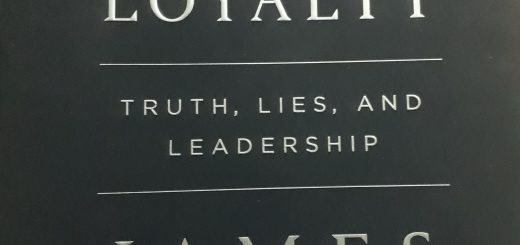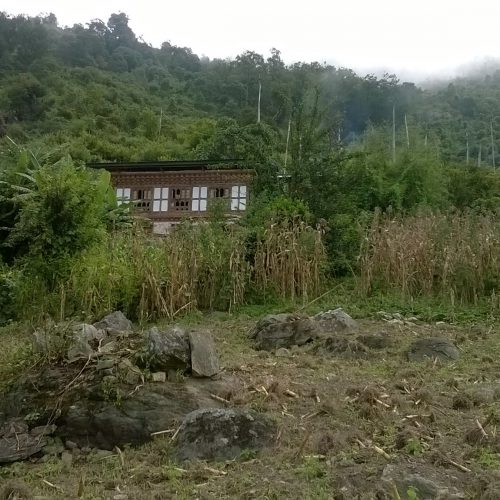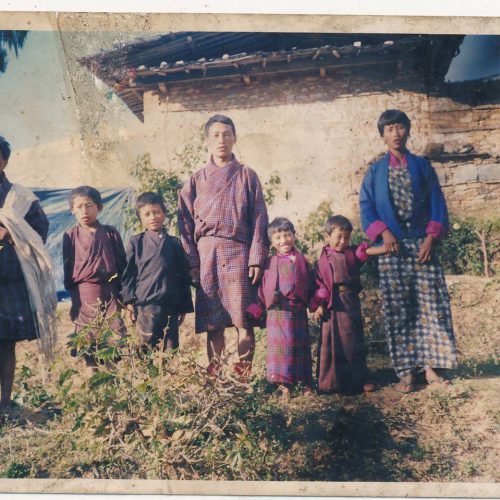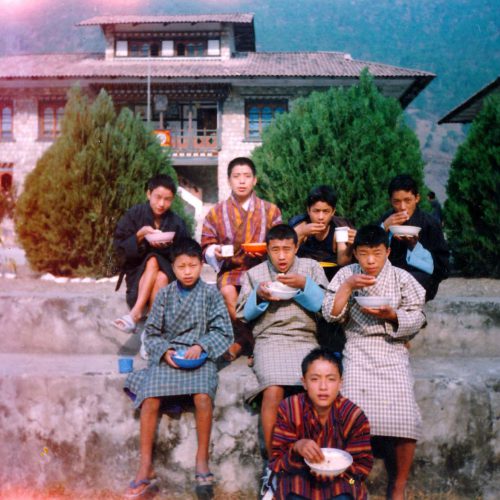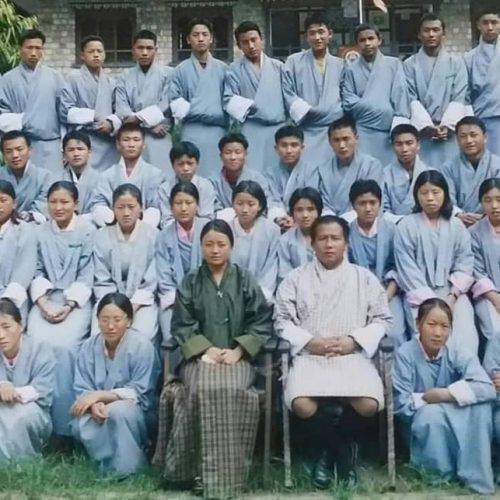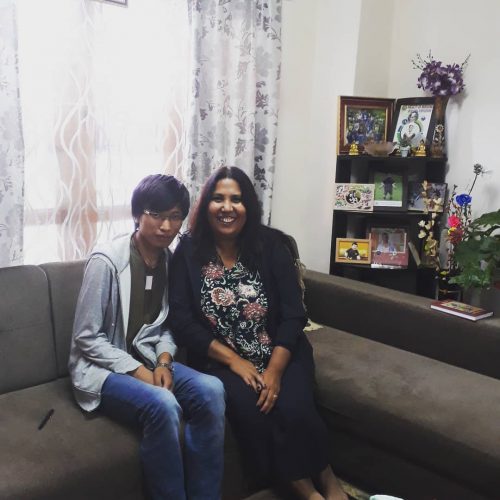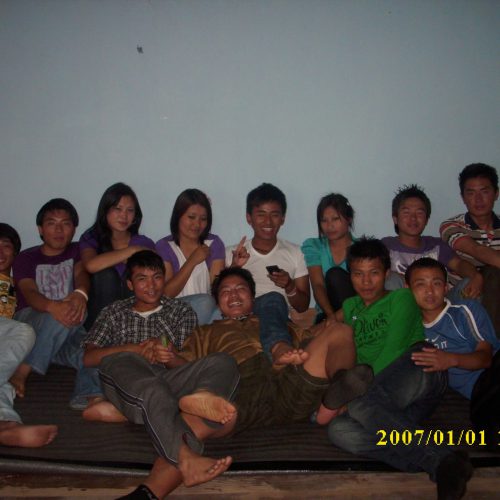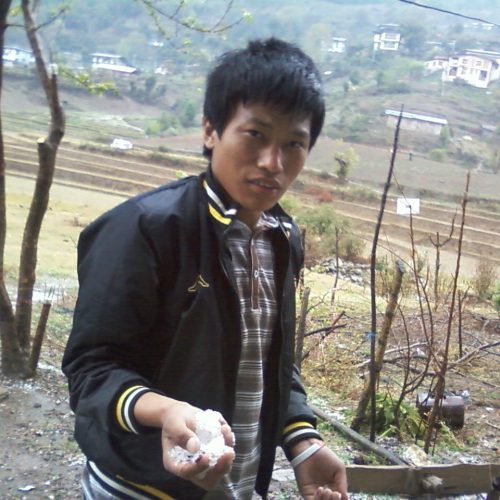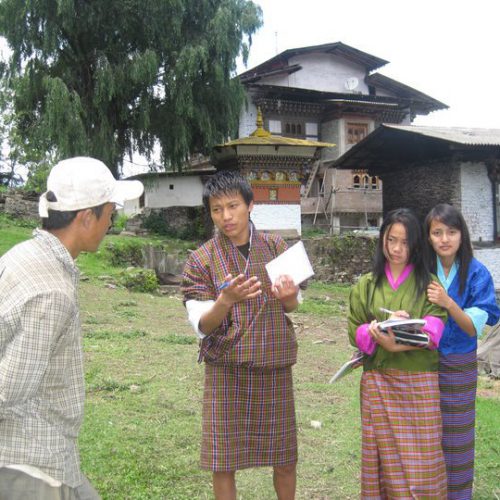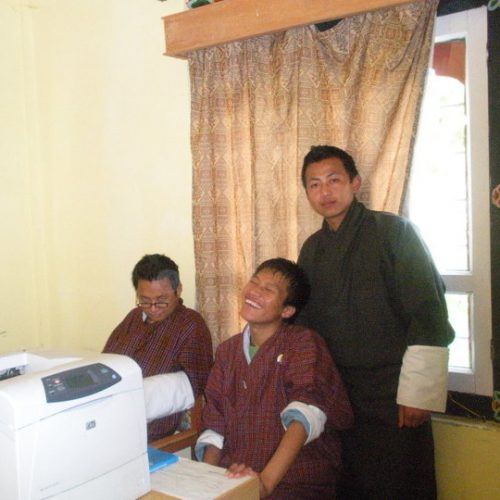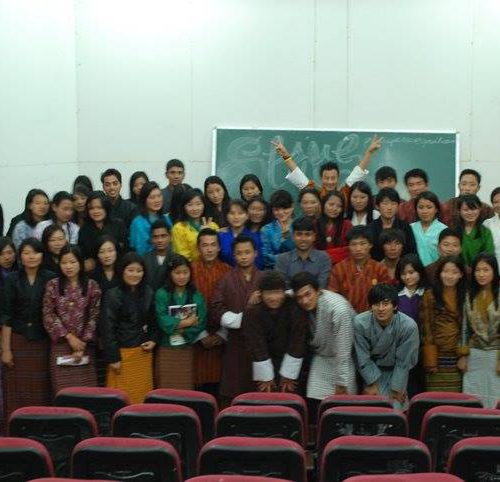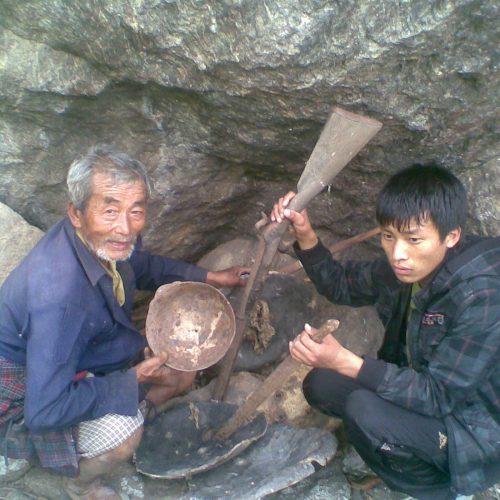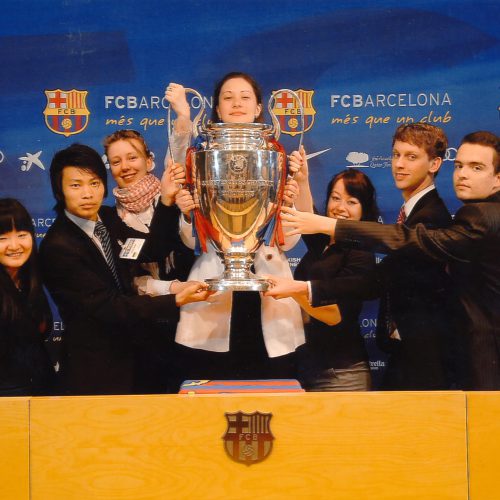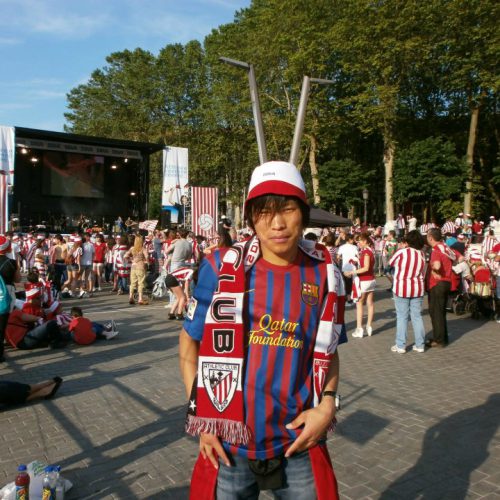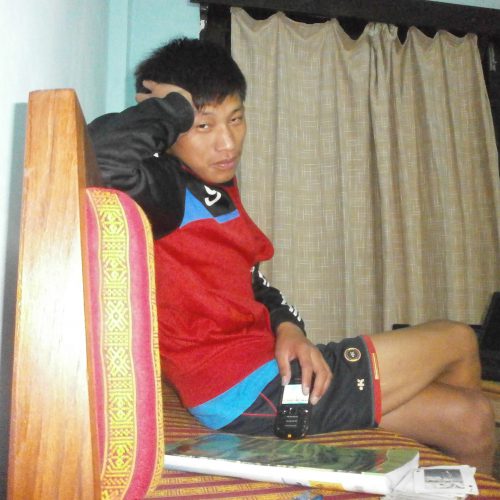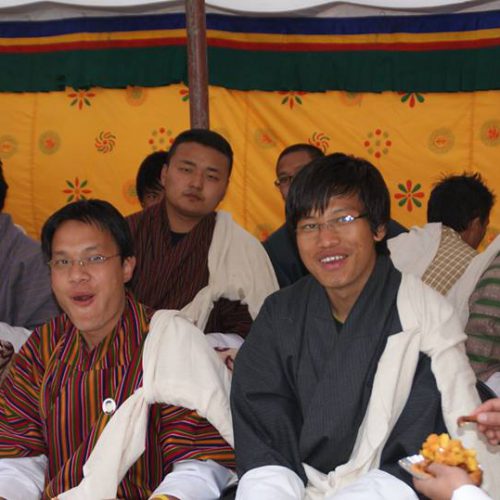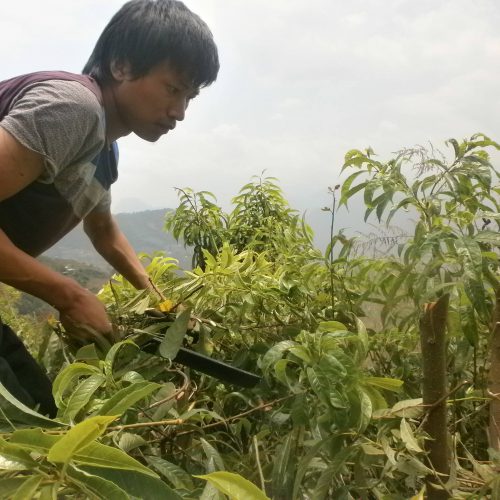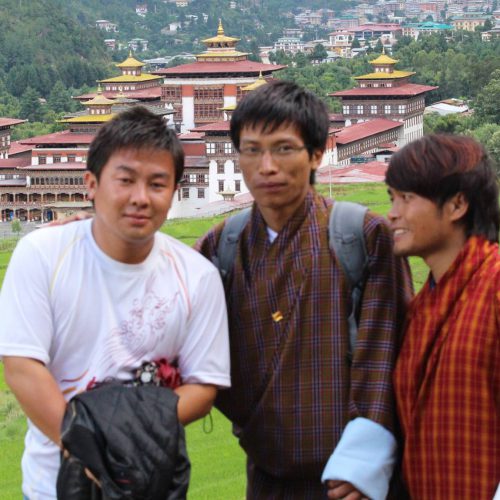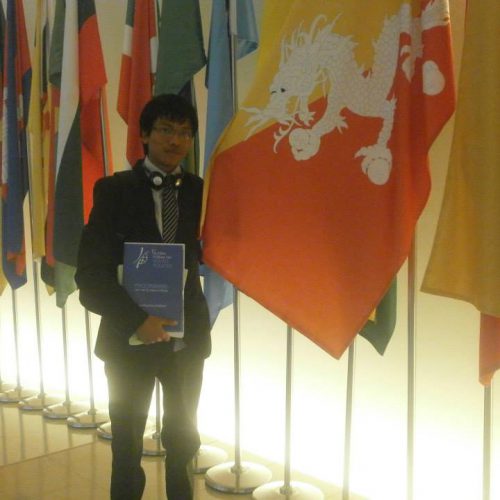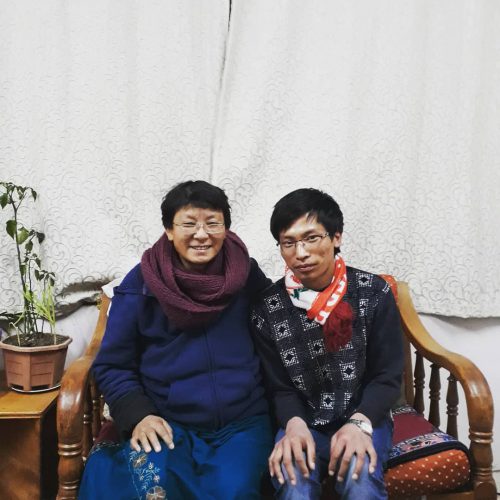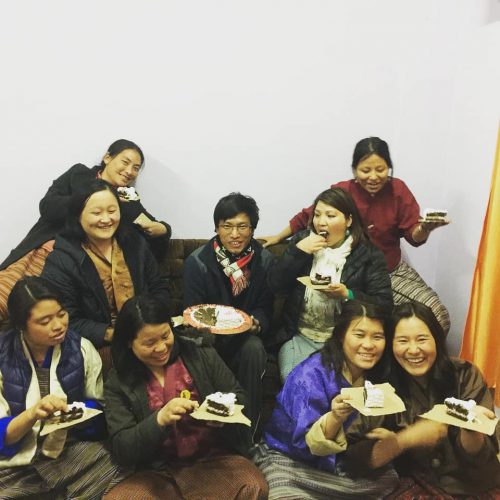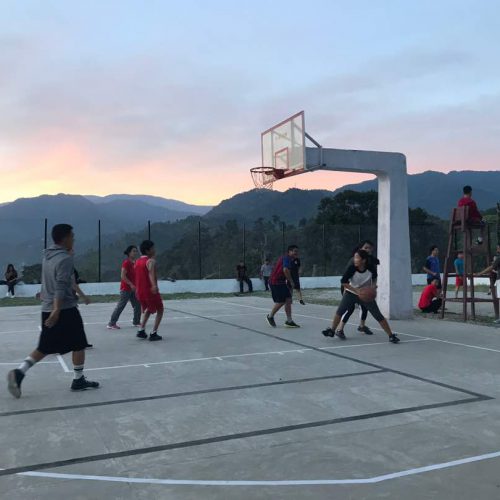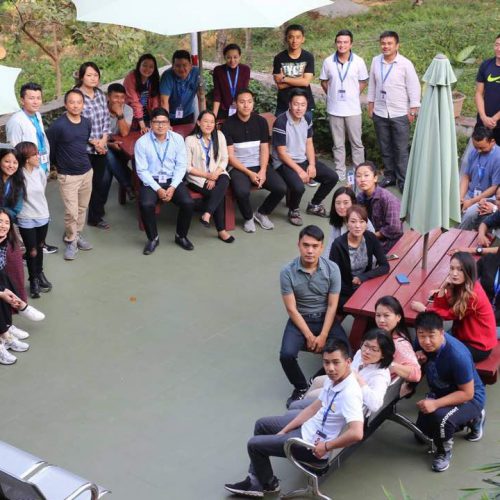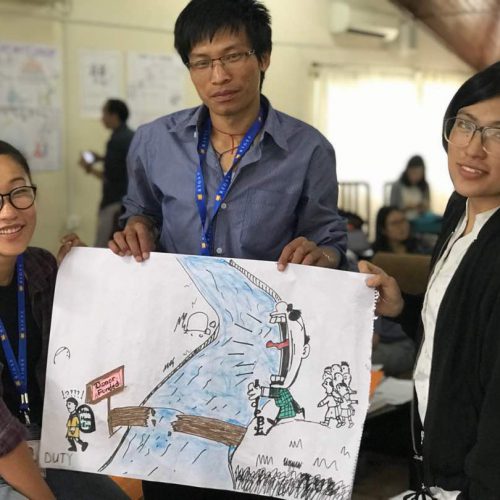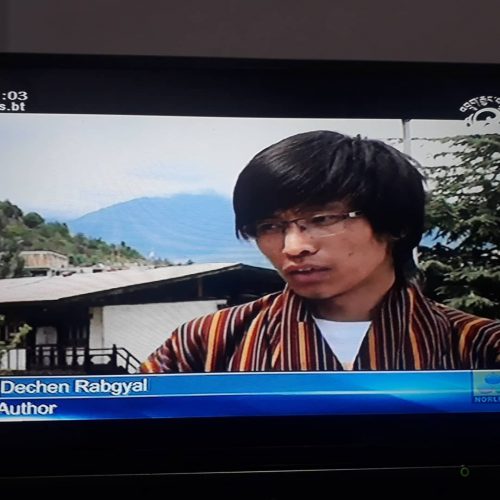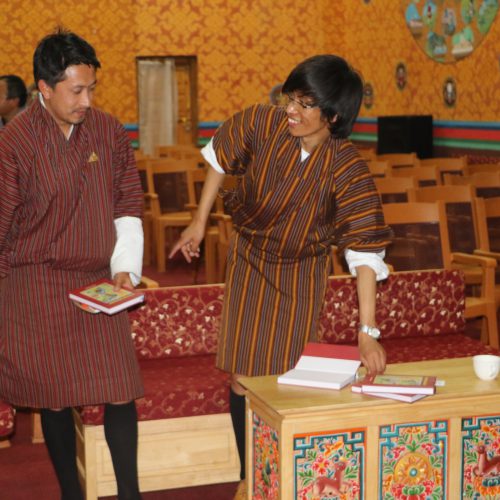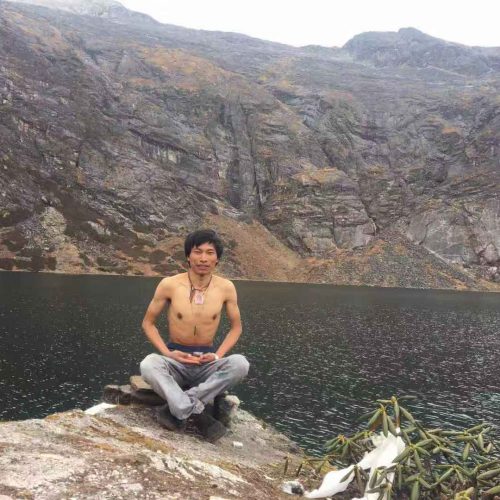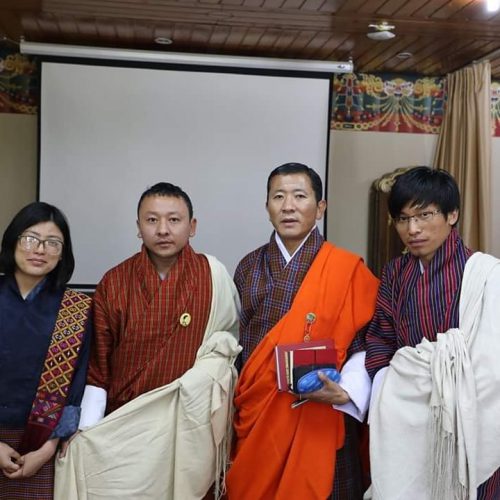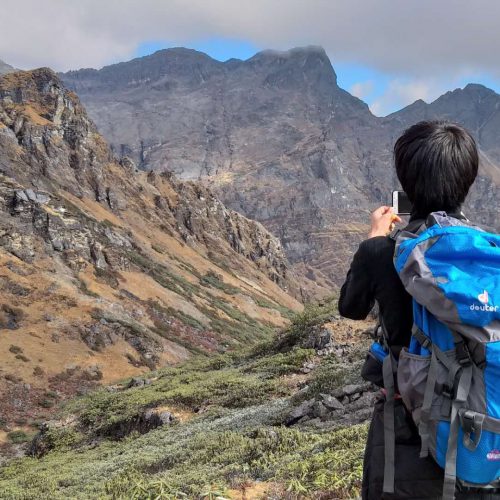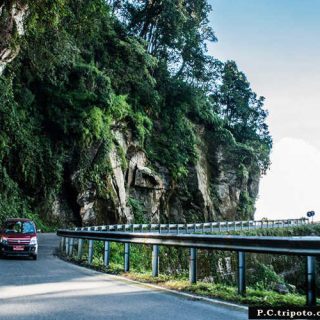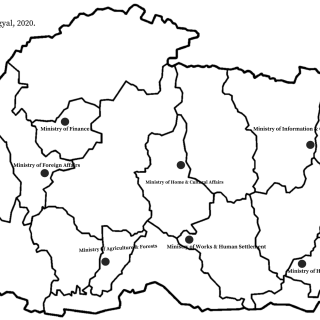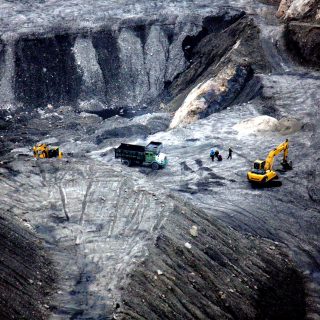The Life and Times of Jamyang Khyentse Chökyi Lodrö
Context and motivation…
“What are you doing these days? Life is short…do you recite prayers? Practise is important…” a friend of mine would ask some compelling questions during in-person meetings and telephonic conversations. Whenever people dare ask me my faith (religion), I respond, “I am born Buddhist…”
In 2014, a roommate of mine at the Royal Institute of Management on hearing me say morning prayers (a few minutes), commented, “you do not recite ‘jigs rten dbang phyug (a supplication to Zhabdrung Ngawang Namgyal).” I was reciting seven-line prayer to Guru Rinpoche (tshig bdun gsrol ‘deb). Former, I simply did not know. It made me ponder upon the question and I do even to this day.
Of late, reflecting on my spiritual heritage (religion) in tandem with my everyday interactions with people and my own thoughts, I found myself lacking even the basic understanding of my faith. Worse, having studied history (including religious and cultural history), I found myself exposed, completely. I needed to start but from where?
Sometime towards the end of the first decade of the current millennium, I happened to follow a religious discourse on television. A spiritual master talking on the cause and effect (las rgyu ‘bres), accentuated, our everyday action determines our course of life. For example, if you drive a car after drinking (alcohol) and meet an accident, the act of drinking is the cause and accident the effect [the structure and wording is based on my faint recollection]. That’s beautiful! I found it current and relatable. It got me interested – ‘devotion at the first encounter with the teaching’. Later, I learnt that the spiritual master who gave the very teaching as His Eminence Dzongsar Jamyang Khyentse Rinpoche.
As I knew a little more of Rinpoche, I heard about Rime. Perhaps, I should start from here. In the following paragraphs, I reproduce the notes I took which I found important. It is neither a review nor an analysis. For you, names of spiritual masters, lineages, places and texts might be of use as reference points.
The Life and Times of Jamyang Khyentse Chökyi Lodrö: The Great Biography by Dilgo Khyentse Rinpoche and other stories
Translated by Drubgyud Tenzin Rinpoche and Khenpo Sonam Phuntshok [under the guidance of Dzongsar Jamyang Khyentse Rinpoche, Jigme Khyentse Rinpoche and Orgyen Tobgyal Rinpoche
Broadly, the book has two parts: ‘Remembering Rinpoche’ and ‘the Great Biography’. In the first part, Orgyen Tobgyal Rinpoche, a student of Jamyang Khyentse Chökyi Lodrö (Rinpoche hereafter) recollects the life of Rinpoche starting from family, birth, early life, education and training and contributions to dharma. From ‘the Land of Snows’ (Tibet) to ‘the Land of Sublime Beings’ (India), Rinpoche’s life and times are presented in great detail.
Written at Thubten Shedrup Gatshel, Kalimpong, the second part consists of Rinpoche’s ordinary and extraordinary biographies as recollected by his student, Dilgo Khyentse Rinpoche. It presents Rinpoche’s service to ‘the teachings and the beings’ starting from Rinpoche’s life at Trashi Chime Drupe Gatshel, Dzongsar to Tashiding, Sikkim where Rinpoche attained mahaparinirvana.
Remembering Rinpoche
Rinpoche was born in Ajam, Rekhe to Gyurme Tshewang Gyatsho and Tshultrim Tso in 1893. Rinpoche was recognized as the activity (phrin las) emanation of Jamyang Khyentse Wangpo who was a combined emanations of King Trisong Deutsan’s body, Guru Rinpoche’s speech, Namkhai Nyingpo’s mind, Vimalamitra’s qualities and Langdro Konchok Jugne’s activity (p.302). Jamyang Khyentse Wangpo and Jamgon Kongtrul Lodro Taye are revered as the pioneers of Rime, a non-sectarian movement in Tibetan Buddhism. Regarded as the nineteenth century renaissance, scholars often call it the ‘finest flower’. Rinpoche was also recognized as the reincarnation of Lhatsun Namkha Jigme.
Rinpoche started his monastic education and training at Katok Monastery at the age of seven. At fifteen years of age, the body (sku) emanation of Jamyang Khyentse Wangpo attained rainbow form at the very young age which took Rinpoche to Dzongsar Monastery, the principal seat of Jamyang Khyentse Wangpo.
Right from the very young age, Rinpoche underwent series of education and training. At Katok Monastery, Rinpoche received teachings from His Eminence Kato Situ Chokyi Gyatsho. Rinpoche could recite from memory Ekazati, Rahula and Vajrasadhu practices very early in his monastic life. Later, pilgrimage to sacred places such as Lhasa, Ngor, Mindrolling, Pemako, Derge and Neten Monastery was taken. Rinpoche would advice his students and other spiritual masters to receive teachings whose lineages were about to disappear and teachings rare. Rinpoche also carried out renovation of Katok and Neten Monasteries.
In the later stages of his life, Rinpoche went to Sikkim for pilgrimage. From there, His eminence travelled to holy places in India and Nepal. On his way to Sikkim, Rinpoche received treasure teaching from Khando Chenmo (Orgyen Tshomo), the consort of the Fifteenth Karmapa, Khakhyab Dorji at Tsurpu. It was during that period of time that the Cultural Revolution took Tibet by storm. The news about desecration of Khamje Shedra in particular was a very painful experience for Rinpoche.
As much as his initiatives to promote dharma, Rinpoche was concerned about the ‘degenerate times’. ‘Degenerate view’ which promotes one’s view as better than the rest- different tradition and view, provoked factional dispute, division and conflict among the schools causing destruction of teachings, peace and happiness of all beings. Rinpoche would initiate one authorization everyday but emphasised that practice is important. Otherwise, the teachings would be rendered powerless. However, Rinpoche never sought or commanded students to keep commitments.
Rinpoche attained mahaparinirvana in Sikkim in 1959.
The Great Biography by Dilgo Khyentse Rinpoche
The second part of the book covers Rinpoche’s biography- the ordinary and the extraordinary. The ordinary biography consists of seven parts explaining Rinpoche’s dharma activities. The first part discusses Rinpoche as a supreme tulku recognized by His Eminence Jamgon Kongtrul Taye. The chapter also covers Rinpoche’s early life as a monk at Katok Monastery, the oldest Nyingma Monastery in Dokham. It is followed by Rinpoche’s undertakings of monastic practice embracing three trainings (precepts) of ‘hearing, contemplation and meditation’ (thos, bsam, sgom). The chapter also deals on vows such as Bodhisattva and secret mantra vow Rinpoche took.
The third part covers ‘hearing and contemplation’ Rinpoche studied under different masters. At the age of six, Rinpoche practiced reading with his uncle Gelek. At Katok Monastery, Rinpoche studied writing, subsequently pursuing philosophy. For example, Rinpoche received teachings on ‘the Magical Net of Manjushri’ from Kato Situ Rinpoche (Orgyen Chokyi Gyatsho). The succeeding part discusses Rinpoche attaining two profound stages of meditation (Kyerim and Dzogrim). Rinpoche studied practices of Hevajrafrom Ngor tradition, Vajrakilya from the Khon tradition and recitation of vajrayogini from Naropa’s tradition. This was further complemented by innumerable recitations of countless Sarma and Nyingma Yidams and other practices from Kama and Terma traditions.
Rinpoche’s consummate pursuit of education and training was mainly for the benefit of ‘the teachings and the beings.’ No sooner did Rinpoche join Dzongsar Monastery than His Eminence taught ‘the Way of the Boddhisattva.’ Rinpoche also gave several empowerments, authorisation and initiation including ‘The Words of My Perfect Teacher’ and ‘Path and Fruition: The Explanation for Assemblies.’ Purification rituals for the dead were conducted and liberation rituals performed every week. Rinpoche’s students from different traditions, Tsangsar Choktrul Rinpoche (Sakya), Eighth Khamtrul Rinpoche (Kagyu), Dilgo Khyentse Rinpoche (Nyingma) and their contemporaries helped spread dharma (teachings), thus helping the beings. Part six deals with Rinpoche’s dharma activities which amplified accumulation of merit. Rinpoche initiated construction of monasteries such as Khamje Shedra, built statues including Manjushri statue at Dzongsar Monastery and made wooden print blocks of sacred texts, ‘the Immaculate Confession Tantra’ being one such dharma undertaking.
The last and the seventh part delves on Rinpoche’s body dissolving into the dharmadhatu. Herein, Rinpoche’s acknowledgement of destiny to leave Tibet (Dzongsar) for Sikkim is shared. As Rinpoche became older, long-life prayers were performed by Chatral Sangye Dorji, Dudjom Rinpoche and other spiritual masters. On the sixth day of the fifth month of earth pig year (1959) Rinpoche attained Mahaparinirvana. Rinpcohe’s kudung was cremated at Trashiding, Sikkim to create auspicious circumstances to propagate dharma in Sikkim and beyond. Elaborate rituals and aspiration prayers were performed led by eminent masters. For example, Neten Chokling Rinpoche led Mindroling Vajrasattva and Dzongsar Nagril Tulku led vajrayogini from Naropa’s tradition. A memorial stupa was built in memory of Rinpoche for his unrivalled realisations and dharma activities carried out for the benefit of ‘the teachings and the beings.’
The extraordinary biography has two parts: the inner and the secret. The inner biography elucidates Rinpoche’s pursuit of teachings and experiences of visualization across the eight chariots of the practice lineage exhibiting the spirit of Rime. The eight chariots are Nyingma, Kadam, Lamdre (Sakya), Kagyu, Shangpa, Shije, Jodruk and Nyendrup. My random selection of the teachings received, activities undertaken and visualization experienced in each chariot is reproduced as hereunder:
- Nyingma: Rinpoche received teachings on Kama and Terma traditions from masters, namely, Katok Situ Rinpoche, Terchen Lerab Lingpa and Shechen Gyaltshab Rinpoche. Later, Rinpoche gave Termateachings to his students because of which the Fifth Sechen Rabjam Rinpoche was able to give transmission of Rinchen Terdzo. Attributable to Rinpoche’s rigorous training and realisation, Rinpoche experienced a pure vision of Guru Rinpoche at Tsho Pema. At Katok Dorje Den, Rinpoche visualized emanation of omniscient Jamyang Khyentse Wangpo.
- Kadam: Rinpoche spoke highly about great Kalyanamitras, the lineage holders of Kadampa tradition. His Eminence revered Jowo Atisha and Lord Lama Tshongkapa. From latter, Rinpoche received Guhyashmaja His Eminence established Thubten Shedrup Dagye Ling as the new centre in the Dome region.
- Lamdre: Rinpoche received teachings, blessings and authorisation from Sakya, Ngor and Tsarlineages and triple tantras from the explanation of the Lamdre view from Lama Dampa Sonam Gyaltshen. Further, Jamgon Lekpa Rinpoche gave the oral transmission for the biographies of the masters of the Lamdre As a tutor, Rinpoche gave transmission of ‘the Magical Net of Manjurshri’ to Dezhung Rinpoche, Lithang and helped disseminate teachings of Gorampa Sonam Sengye. For his practice, Rinpoche experienced the vision of Sakya Pandita and Loter Wangpo.
- Kagyu (Marpa): Rinpoche received and practised the instructions of Marpa. Further, Rinpoche practised the creation and completion meditations for tantras such as Chakrasamvara and Hevajraand perfected the inner yoga of the view of Mahamudra. Rinpoche’s mind was said to be inseparable from the Sixteenth Gyalwang Karmapa Rangjung Khakhyab Dorje. His Eminence gave explanation of the ‘Single Intention’ of Drikung and nurtured the lineage of Palpung. In one life time, Rinpoche experienced the vision of Naropa, Marpa and Milarepa.
- Shangpa Kagyu: Khewang Lama Tashi Chophel, the heart son of Jamgon Kongtrul Yonten Gyatso taught His Eminence. Rinpoche experienced vision of Mahasidhas such as of Shawaripa and Thangtong Gyalpo.
- Shije and Cho: Rinpoche received the instructions of Padampa Sangye and the tradition of Machik Lhabdron. In Sikkim, His Eminence experienced a vision of Padampa Sangye.
- Jonang and Shalu: The teachings on Jonang and Shalu traditions and the practice of Kalachakra Tantra held by Jamgon Khyentse and Jamgon Kongtrul were converged in Rinpoiche’s mind. Rinpoche performed elaborate offerings and turned the Kalachakra sadhana on the auspicious day of the third month every year.
- Nyendrup: Rinpoche received teachings and transmissions of sacred texts and instructions of Mahasidha Orgyenpa from the Vajra Queen. His Eminence also encouraged Dhome Shar Dza Togden, the holder of Yudrung Bon teachings to write new texts of empowerment and transmission of their tradition.
The secret biography deals with Rinpoche taking Khandro Tshering Chodron as a consort. In doing so, Rinpoche gave back the monastic vow. Rinpoche’s primary reason to take consort, as prophesized, was essentially to enhance Rinpoche’s life and support His Eminence in carrying our dharma activities.
*The contents in this post are mere reproduction of the notes I took with a hope that it might be of use to others and self. In no way does it represent the complete grasp of the book just read. As Rinpoche remarked, “…By taking a sip of ocean water we can get an idea of what the whole ocean tastes like…” (p. 386), I hope that my introduction to the life and legacies to one of the greatest spiritual masters can act as a springboard to discover more about my faith and heritage.



